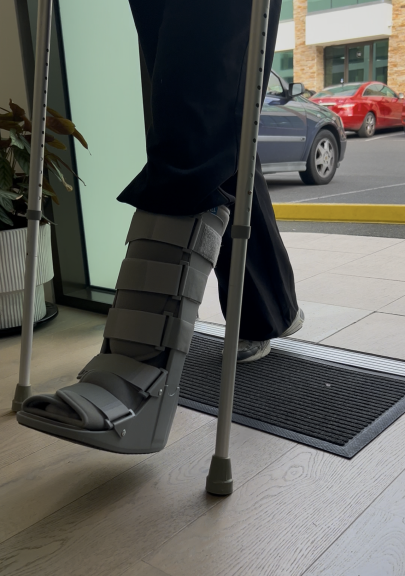Do you or someone you know suffer from radiating back or leg pain?
Sciatica is a frequently occurring condition that has been estimated to effect 5 in 1000 people(1). Sciatica is most commonly caused by a herniated lumbar disc where the nerve root is compressed by the disc. The nerve can also be compressed by bony changes occurring around the spine. Regardless of the cause, the nerve is still undergoing compression, and combined with inflammatory and immunological processes seems to be the important cause of sciatica pain.
Sciatica can be a pain in the buttock, literally! Left unmonitored and untreated it can be debilitating and things like walking and sleeping can become difficult. This can affect quality of life and lead to low mood, which often leads to a vicious cycle rather than the road to recovery. On top of this, sciatica pain is known to make things like bending, twisting, coughing and even sitting painful, making even the simplest of tasks to be unbearable.

A recent study found that patients with low back pain who saw a physiotherapist early, had significantly lower out of pocket healthcare costs and decreased use of opioids than those who saw physiotherapist later or not at all(1). When you consult with us, we will work with you to provide an adequate explanation of the nature and prognosis of sciatica. In the early stages, international guidelines suggest that bed rest is not recommended unless pain is significantly disabling. In fact, we will work with you to keep you physically active and doing activities that are important to you. We will combine activity with nerve relief manual therapy and nerve easing position and movements for you to do at home.
Once relief has been achieved, treatment will be more recovery focused, and involve muscle memory tasks and goal specific rehabilitation.
- Ostelo, R. (2020). 66(2), 83-88.
Physiotherapy uses a combination of evidence-based research, clinical experience and clinical training to diagnose and treat your presentation of sciatica. For examples of exercises that can be used, remembering that every sciatic presentation is an individual one, check out this exercise video for sciatica below:













